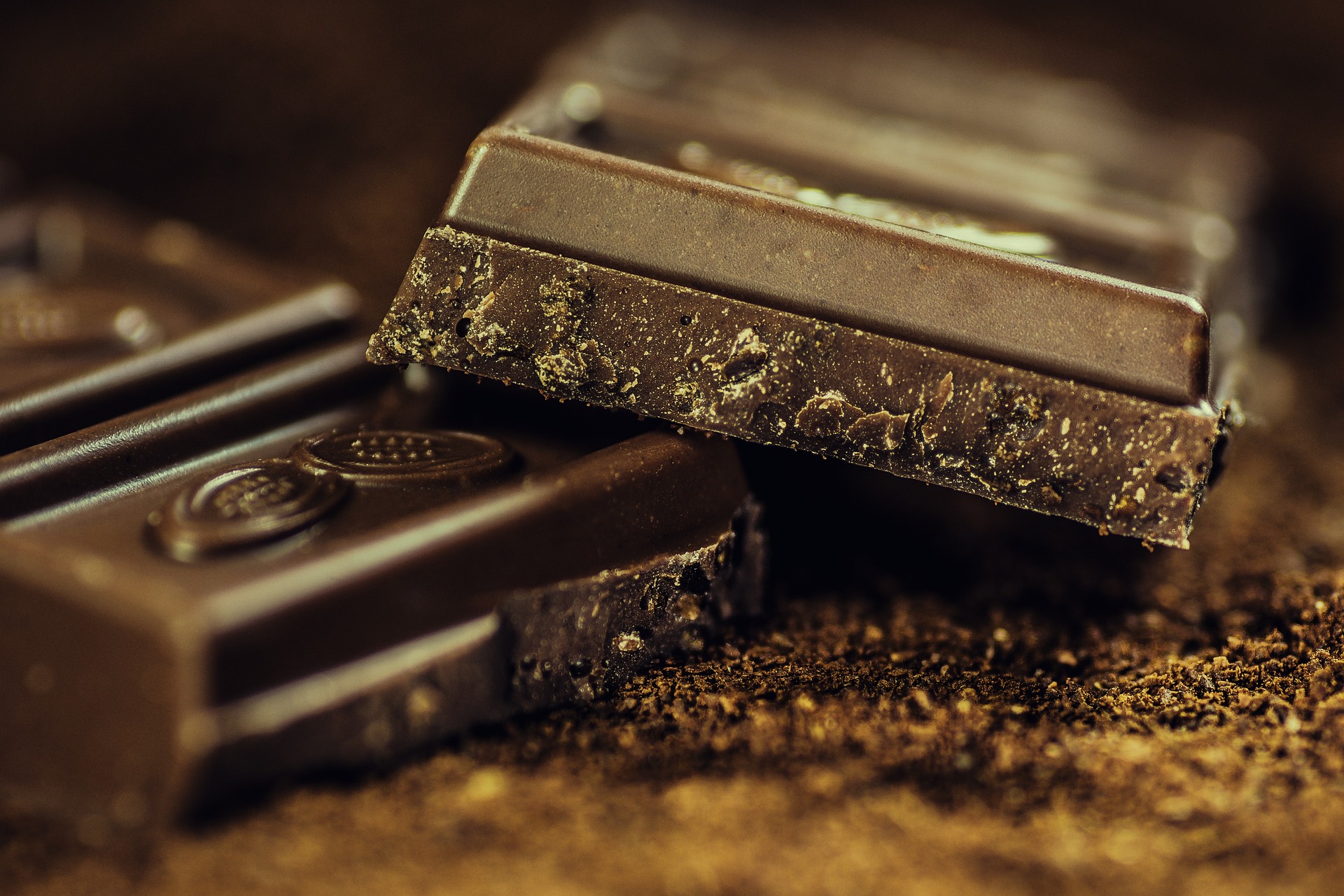Recently, Consumer reports came out with a report claiming many brands of dark chocolate tested were high in cadmium and lead. You may have heard about cadmium as it is one of the leading toxins associated with smoking and lead used to be found in paint. Both are very toxic and can lead to many health problems including cancer. So how is cadmium and lead getting into chocolate and are these findings real? READ ON to learn about the findings, the studies and the top “offenders”….
In 2014, a company called “As You Sow” did an independent study on chocolate and found that 285 of 469 products were contaminated with cadmium, lead and or other heavy metals. They filed legal notices with some of the top companies like Trader Joes, Hershey, Ghirardelli, Theo, Lindt and Whole foods to name a few. In 2018, there was a settlement where 31 chocolate companies partnered with As You Sow to create an independent expert committee to investigate the sources of cadmium and lead in chocolate, find measures to lower these levels and recommend levels that trigger Proposition 65 warnings. (Proposition 65 requires businesses to provide warnings to Californians about significant exposures to chemicals that cause birth defects, cancer and other medical issues.) The settlement also set mandatory annual testing and guidelines to monitor how much cadmium and lead are in the products. The report was released in March 2022. It will take years for companies to develop the strategies to lower these levels but most companies are already actively trying.
Here are the results of this task force:
Cadmium – higher concentrations of cadmium were felt to be leached from the soil especially in dark chocolate. Other heavy metals were noted more in Latin America and the Caribbean. Suggestions were made to change the soil composition and work on changing tree genetics to lower levels in the long term and blending the cocoa in the interim to lower amounts while the other changes are being implemented.
Lead – lead is getting into the chocolate primarily from the air (pollution, blown from the soil as well as from dust). Lead blows and attaches to the wet, sticky cocoa shells post-harvest. Recommendations involved covering the beans while fermenting and improving cleansing techniques to decrease these amounts.
There were already safety levels in place for cadmium and lead and 20-56% of the companies were under compliance for these levels. However, the committee recommended establishing even lower levels than the status quo as these limits still propose risks.
You may be wondering why dark chocolate has the problem and not milk chocolate. All chocolate is affected however dark chocolate is more concentrated and has no dilution (ie milk). The higher the percentage of dark chocolate the higher the risk of more contamination.
Consumer reports testing showed high lead in products like Lily’s extra dark, Lindt excellence dark 85%, Hu Dark 70%, Trader Joe’s 72% , Chocolove 70% to name a few. They found high cadmium in these products: Dove 70%, Lindt 70%, Beyond Good 70% & 80%. Several were high in both including Theo Pure Dark 70% & extra dark 85%, Trader Joe’s The dark chocolate Lover’s 85%, Lilys extremely dark 85% and Green & Black dark chocolate 70%.
They are listing the following as safer choices:
- Mast 80%
- Taza Deliciously Dark 70%
- Ghirardelli Intense Dark Chocolate Twilight Delight 72% and Intense Dark chocolate 86%
- Valrhona Abinao Dark chocolate 85%
I have a confession. I absolutely love dark chocolate. Since I avoid dairy, I always buy the purest forms, higher percentage the better. I’m certainly going to be making some changes to how much I eat! While these companies continue to work on lowering their limits, limit the amount of dark chocolate and don’t forget other sources including things like hot cocoa and brownies!
The term everything in moderation applies for sure but if you are consuming a daily amount of dark chocolate you might want to be tested for heavy metals to make sure you don’t have lurking toxic amounts! Heavy metals testing can be done in blood or urine depending on what you are looking for. Current exposures can also be measured in hair. We provide all testing forms if you have an inquiring mind.
To your health,
Laura









